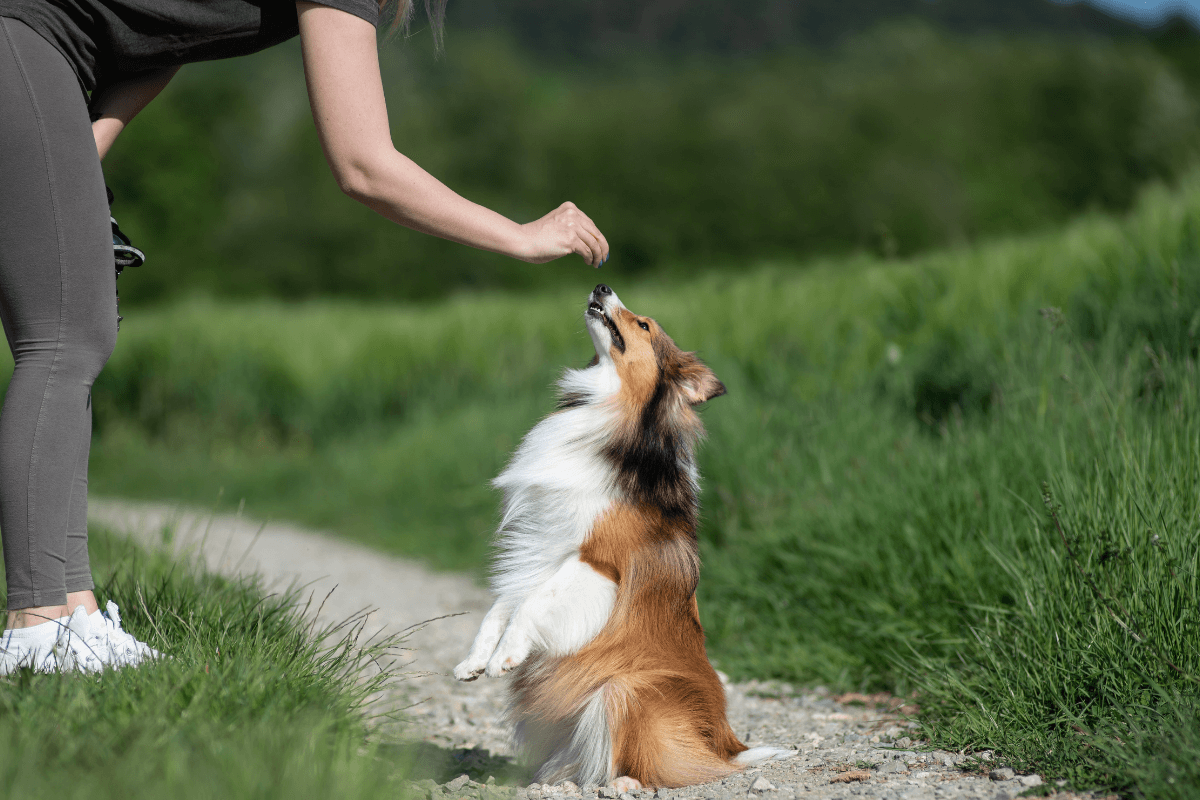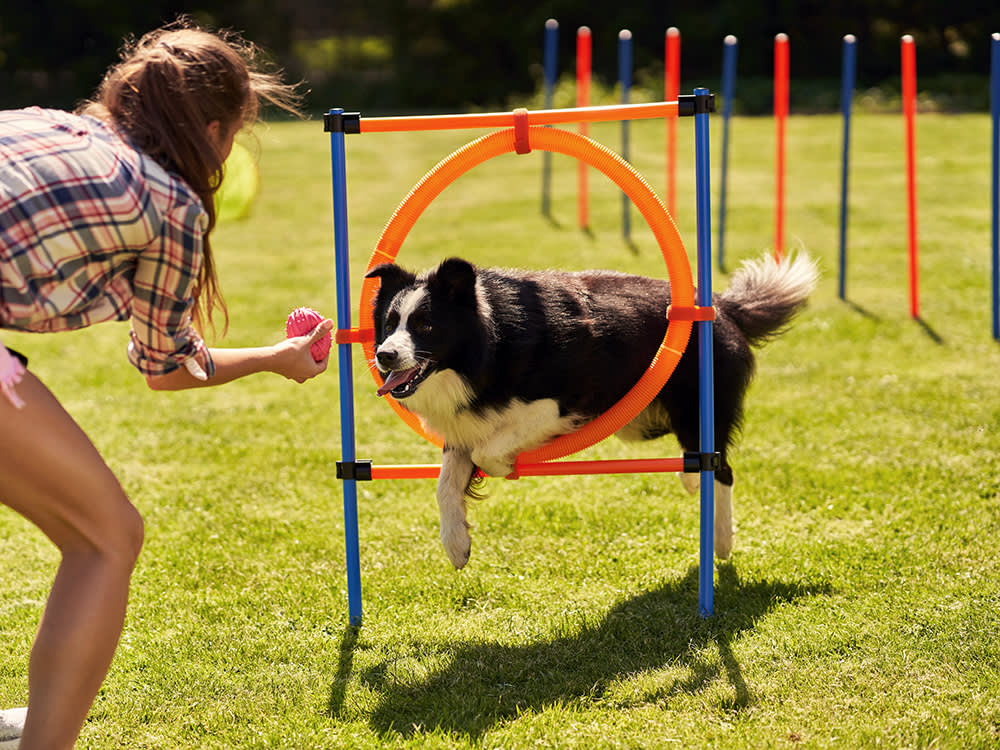Enjoyable Tasks to Improve Your Dog Training Experience
Enjoyable Tasks to Improve Your Dog Training Experience
Blog Article
Necessary Tips for Successful Dog Training: A Guide for Pet Dog Owners
Efficient pet dog training is a complex procedure that needs a calculated technique tailored to both the animal's character and the proprietor's objectives. Trick components such as establishing constant commands, using favorable reinforcement, and promoting very early socializing play vital roles in fostering a well-adjusted canine friend. Several pet dog owners experience obstacles that can prevent development, leading to stress and unpredictability. Understanding how to browse these barriers can considerably enhance the training experience, eventually transforming the partnership in between proprietor and pet. What are the vital approaches that can be employed to ensure success in this endeavor?
Understanding Dog Habits
Recognizing canine habits is essential for reliable training and promoting a harmonious connection in between pooches and their owners. Pet dogs connect mostly with body movement, articulations, and activities, making it crucial for proprietors to interpret these signals precisely. Identifying a dog's pose, tail setting, and ear alignment can offer insights into its mood. A wagging tail does not constantly suggest happiness; it can also indicate excitement or anxiety.

Socialization plays a considerable function in dog behavior; direct exposure to numerous environments, people, and various other animals can dramatically influence a pet dog's personality. In addition, variables such as type attributes and individual temperament need to lead training approaches, as some types might have specific behavior attributes that require customized techniques. By comprehending these aspects, proprietors can produce an encouraging setting that encourages favorable behavior, leading to effective training results and a deeper bond with their family pets.
Establishing Constant Commands
Effective interaction with your canine begins with establishing constant commands. This fundamental element of training is crucial for cultivating understanding between you and your pet dog. Consistency in the commands you use makes certain that your pet dog can reliably link certain words or phrases with the preferred habits.
When picking commands, choose clear, distinctive words that are simple to distinguish and say from one another. Avoid using similar-sounding commands that may confuse your pet. Using "sit" and "stay" is suitable, but "sit" and "struck" might lead to misconceptions.
In addition, keep the very same tone and volume for every command. Pets are sensitive to vocal cues, so differing your tone can produce complication.
It is similarly crucial to ensure that all relative get on the same page concerning the commands made use of. A united front in command use will certainly stop mixed signals and enhance the learning process.
Favorable Support Strategies
The power of favorable reinforcement in canine training depends on its capability to encourage preferred behaviors via incentives and appreciation. This method is grounded in the concept that actions complied with by favorable end results are most likely to be repeated. By integrating favorable support into your training regimen, you can efficiently form your pet's habits in a useful way.
To execute positive support, it's important to recognize what inspires your pet, whether it be deals with, playthings, or verbal praise. When your pet dog executes a wanted action, such as remaining on command, quickly compensate them with a reward or affection. This organization between the command and the positive outcome enhances their understanding.
It's crucial to timing the rewards properly; providing the reinforcement within seconds of the desired habits assists your pet dog make the connection (dog training). Furthermore, consistency is vital-- guarantee that all relative use the same commands and reward systems to prevent complication

Gradually, you can reduce the frequency of deals with as your pet learns the habits, transitioning to commend or intermittent incentives. This method not only fosters a solid bond between you and your canine but additionally promotes a positive learning atmosphere, making educating an enjoyable experience for both.
Socialization and Interaction
Regularly exposing your pet dog to a range of environments, individuals, and other animals is important for their social growth. Socialization resource needs to begin early, ideally throughout the critical window of 3 to 14 weeks, when pups are most receptive to brand-new experiences. Nevertheless, older pets can also take advantage of continuous socializing initiatives.
Present your dog to different setups, such as parks, pet-friendly stores, and city areas. This direct exposure assists them adjust to different stimuli, decreasing stress and anxiety and worry responses. Encourage favorable communications with various other dogs and individuals, making certain that these experiences are regulated and safe to foster self-confidence.
Use structured playdates with genteel pets, as this can boost your canine's social skills and instruct them suitable habits. Obedience courses and training sessions likewise supply excellent chances for socializing, allowing your dog to interact with others in a supervised setting.
Monitor your pet dog's body language during communications, as this will certainly help you gauge their comfort level. Progressively increase exposure to more challenging circumstances while making sure that each experience declares. A well-socialized pet dog is more probable to exhibit well balanced behavior, making them a delight to have in any kind of setting.
Attending To Common Training Difficulties
Every pet owner will experience training obstacles eventually, no matter their pet's age or socialization level. Determining common problems such as stubbornness, interruptions, and terror can help in developing effective strategies for renovation.

Diversions throughout training sessions can thwart focus. To combat this, begin training in a peaceful environment with marginal stimuli. Progressively present diversions as the dog becomes more efficient in commands. Short, frequent training sessions are also reliable in maintaining interest.
Fearfulness can impede a canine's understanding process. Gradual desensitization to the resource of fear, coupled with positive reinforcement, can help minimize anxiety. Persistence is critical; never ever require a pet into a circumstance that causes distress, as this may worsen the concern.
Eventually, understanding and attending to these usual obstacles with an organized method will promote a more effective training experience, strengthening the bond in between dog and owner while advertising reliable discovering.
Conclusion
In summary, successful canine training relies upon an extensive understanding of canine habits, the establishment of regular commands, and the application of positive support methods. Socializing plays a crucial duty in developing well-adjusted animals, while resolving usual training challenges needs persistence and find out this here adaptability. By implementing these essential techniques, pet dog owners can cultivate a solid bond with their canines and advertise preferable habits, eventually bring about a harmonious relationship in between human beings and their canine buddies.
Understanding dog behavior is necessary for efficient training and fostering a harmonious partnership between canines and their owners.Socialization plays a significant function in dog actions; direct exposure to various atmospheres, individuals, and other animals can dramatically impact you could try these out a pet's character.The power of favorable support in pet dog training lies in its capacity to urge desired behaviors through incentives and praise. By integrating favorable reinforcement into your training program, you can efficiently form your pet dog's actions in a positive fashion.
In summary, successful pet dog training depends on a detailed understanding of canine actions, the facility of constant commands, and the application of positive reinforcement strategies.
Report this page